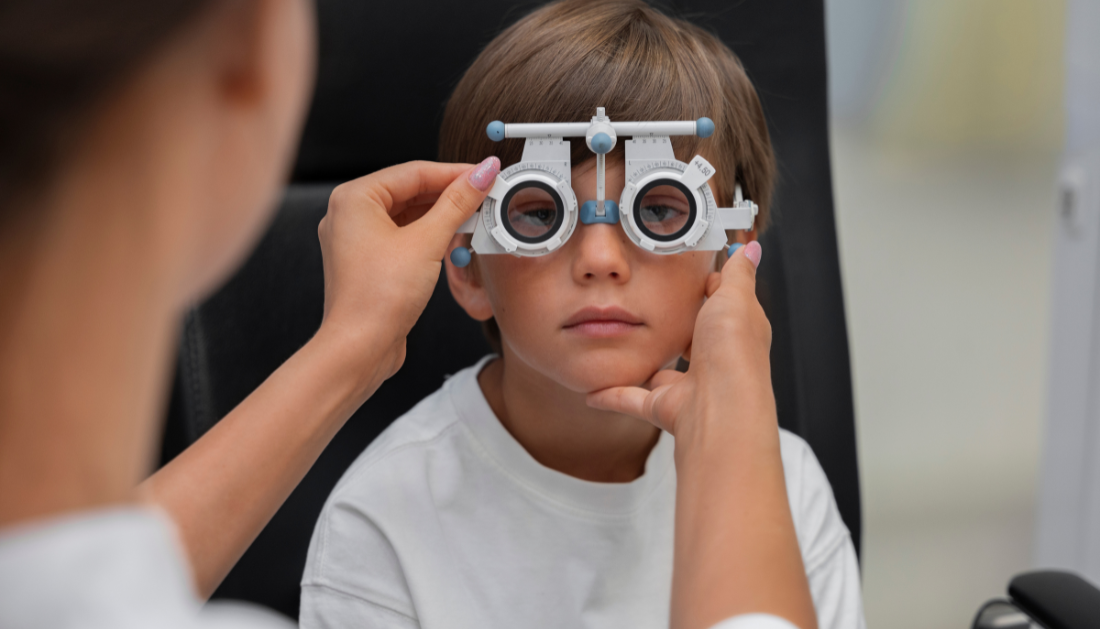

In a study published online in JAMA Network Open on August 6, an AI model demonstrates high performance in correctly recognizing myopia, strabismus, and ptosis using smartphone images.
In a cross-sectional study, Qin Shu, M.D., of Shanghai Jiao Tong University School of Medicine, and associates created an AI model to recognize myopia, strabismus, and ptosis using cellphone photos. The model was constructed from 1,419 pictures, representing 476 patients. Of the pictures, 473 binocular and 946 monocular images were utilized to diagnose strabismus and myopia, respectively.
The model’s sensitivity for identifying ptosis, strabismus, and myopia was shown to be good (0.84, 0.73, and 0.85, respectively). The model demonstrated similar effectiveness in diagnosing eye diseases in children, both male and female, during sex subgroup analysis. There were variations in the ability to diagnose eye conditions among various age groups.
“The detection model using AI showed strong performance in accurately identifying myopia, strabismus, and ptosis using only smartphone images,” the authors write. “These results suggest that it can assist families in screening children for myopia, strabismus, and ptosis, facilitating early identification and reducing the risk of visual function loss and severe problems due to delayed screening.”
For more information: Artificial Intelligence for Early Detection of Pediatric Eye Diseases Using Mobile Photos, JAMA Network Open , DOI: 10.1001/jamanetworkopen.2024.25124
more recommended stories
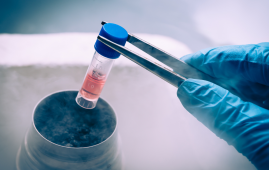 Safer Allogeneic Stem Cell Transplants with Treg Therapy
Safer Allogeneic Stem Cell Transplants with Treg TherapyA new preclinical study from the.
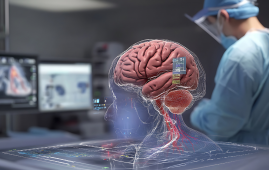 AI in Emergency Medicine and Clinician Decision Accuracy
AI in Emergency Medicine and Clinician Decision AccuracyEmergency teams rely on rapid, accurate.
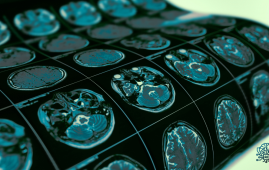 Innovative AI Boosts Epilepsy Seizure Prediction by 44%
Innovative AI Boosts Epilepsy Seizure Prediction by 44%Transforming Seizure Prediction in Epilepsy Seizure.
 Hypnosis Boosts NIV Tolerance in Respiratory Failure
Hypnosis Boosts NIV Tolerance in Respiratory FailureA New Approach: Hypnosis Improves NIV.
 Bee-Sting Microneedle Patch for Painless Drug Delivery
Bee-Sting Microneedle Patch for Painless Drug DeliveryMicroneedle Patch: A Pain-Free Alternative for.
 AI Reshapes Anticoagulation in Atrial Fibrillation Care
AI Reshapes Anticoagulation in Atrial Fibrillation CareUnderstanding the Challenge of Atrial Fibrillation.
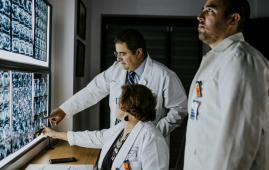 Hemoglobin as Brain Antioxidant in Neurodegenerative Disease
Hemoglobin as Brain Antioxidant in Neurodegenerative DiseaseUncovering the Brain’s Own Defense Against.
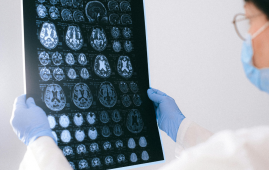 Global Data Resource for Progressive MS Research (Multiple Sclerosis)
Global Data Resource for Progressive MS Research (Multiple Sclerosis)The International Progressive MS Alliance has.
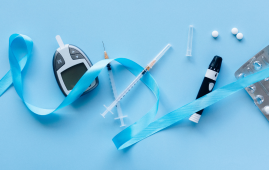 AI Diabetes Risk Detection: Early T2D Prediction
AI Diabetes Risk Detection: Early T2D PredictionA new frontier in early diabetes.
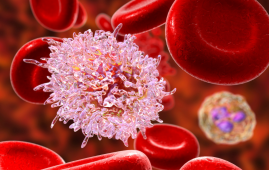 Cancer Cells Learn to Self-Report: A New Frontier in Immunotherapy
Cancer Cells Learn to Self-Report: A New Frontier in ImmunotherapyHow a Drug Complex Enables Immune.

Leave a Comment